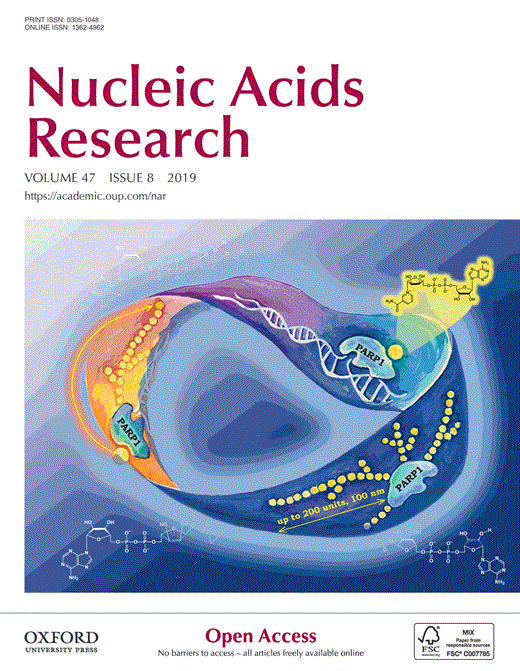HepG2 is one of the most widely used human cancer cell lines in biomedical research and one of the main cell lines of ENCODE. Although the functional genomic and epigenomic characteristics of HepG2 are extensively studied, its genome sequence has never been comprehensively analyzed and higher order genomic structural features are largely unknown. The high degree of aneuploidy in HepG2 renders traditional genome variant analysis methods challenging and partially ineffective. Correct and complete interpretation of the extensive functional genomics data from HepG2 requires an understanding of the cell line’s genome sequence and genome structure. Using a variety of sequencing and analysis methods, we identified a wide spectrum of genome characteristics in HepG2: copy numbers of chromosomal segments at high resolution, SNVs and Indels (corrected for aneuploidy), regions with loss of heterozygosity, phased haplotypes extending to entire chromosome arms, retrotransposon insertions and structural variants (SVs) including complex and somatic genomic rearrangements. A large number of SVs were phased, sequence assembled and experimentally validated. We re-analyzed published HepG2 datasets for allele-specific expression and DNA methylation and assembled an allele-specific CRISPR/Cas9 targeting map. We demonstrate how deeper insights into genomic regulatory complexity are gained by adopting a genome-integrated framework.
Authors:
Journal: Nucleic Acids Research
Publisher: Oxford Journals
DB: SCI
Impact Factor: 11.147 (in 2018)
Publish Date: 2019. 3. 13

Comments ( 0 )